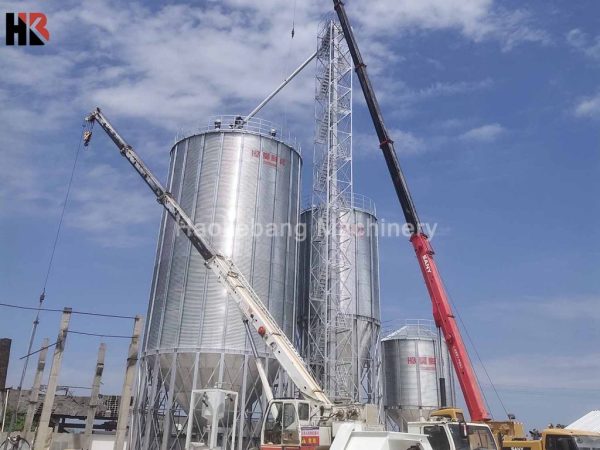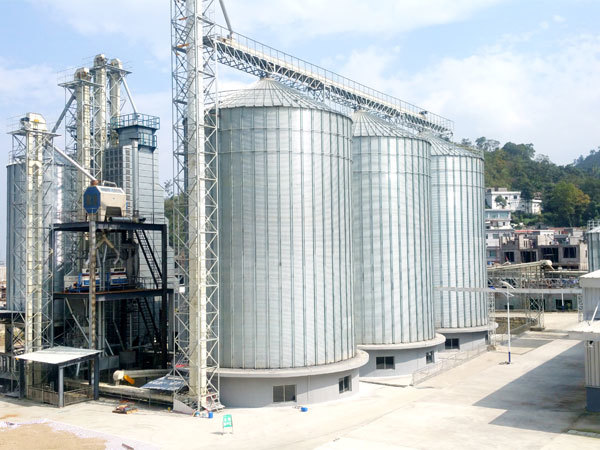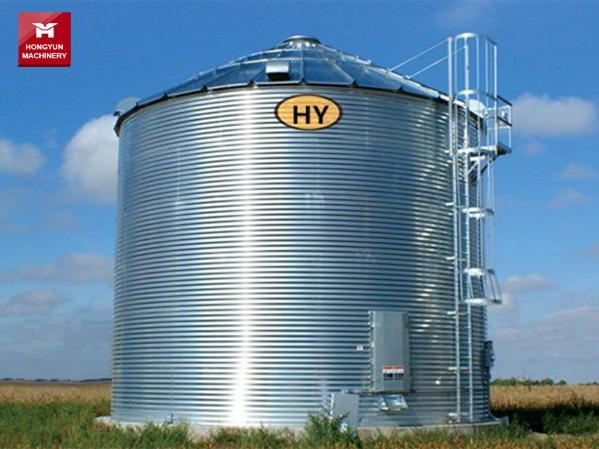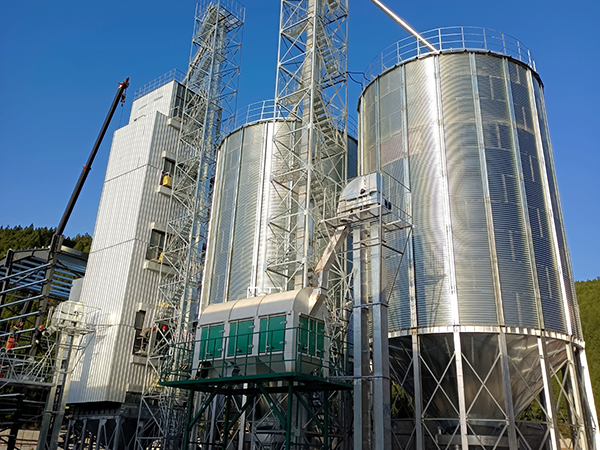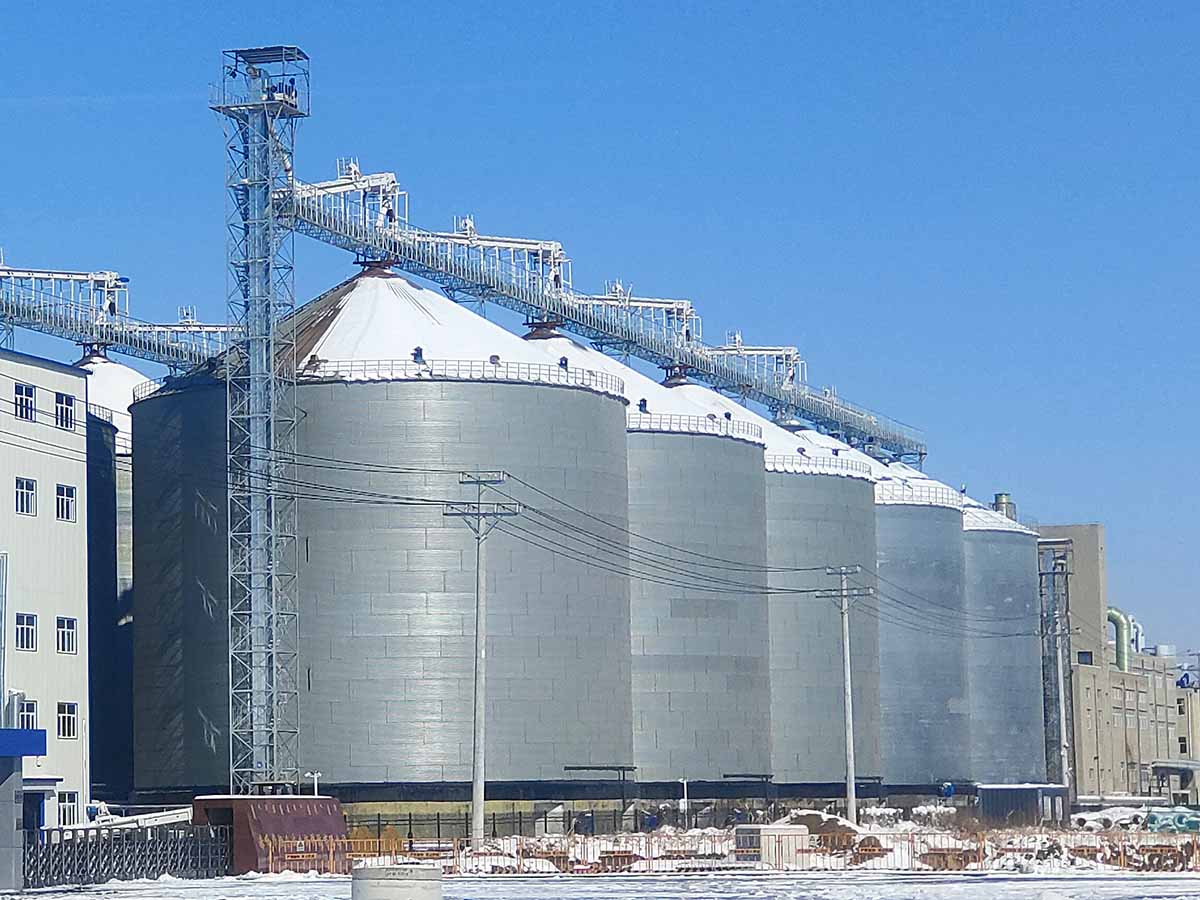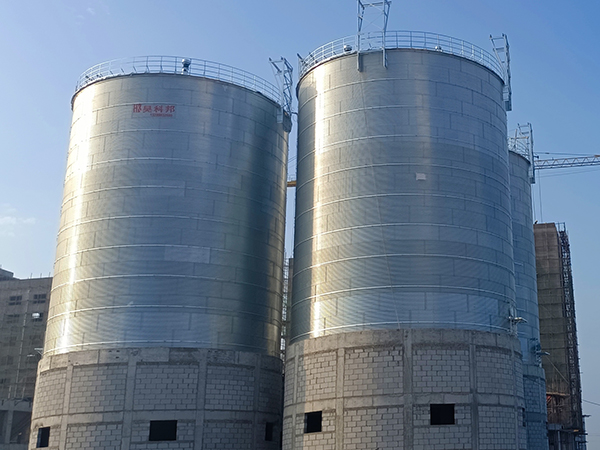China 200 ton Chicken Feed Silo
Project Overview
At a large poultry farm in China, to meet the growing demand for feed storage, a decision was made to install a 200 ton Chicken Feed silo. The silo aimed to enhance feed storage efficiency while maintaining feed freshness and nutritional value.
Design and Planning
The engineering team conducted a thorough analysis of the specific needs of the poultry farm. They considered the types and characteristics of the feed during this process.Using this information, they designed a 200-ton poultry feed silo. It employs modern storage technology to accommodate the specific storage conditions of the feed.

Material Selection and Construction
In the selection of materials, the engineers paid special attention to the durability and protection of feed quality. During the construction process, engineers were on-site to ensure that the construction quality met the design requirements and provided professional training to the construction team to ensure accuracy and safety in construction.
Installation and Commissioning
After completing the main structure, engineers provided guidance for installing the internal equipment of the silo. This included an automatic conveying system and temperature and humidity control system, designed to match the capacity of the 200-ton Chicken Feed silo, ensuring feed stability during storage.
Operational Training and Handover
To ensure smooth silo operation, engineers provided comprehensive training to operators. After completing installation and training, the 200-ton Chicken Feed silo was officially handed over for use.
Outcomes and Benefits
The installation of the 200-ton Chicken Feed silos significantly improved the feed storage and management efficiency of the poultry farm. It reduced feed waste and ensured the freshness of the feed, thereby enhancing the health and productivity of the chickens.
Conclusion
The installation case of the 200-ton Chicken Feed silo showcases the impact of professional engineering design and on-site guidance on elevating the agricultural industry’s infrastructure level. This project improved the economic benefits of the poultry farm and offered valuable experience and references for other similar industries.

